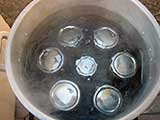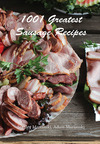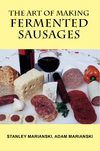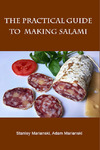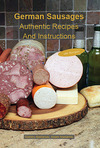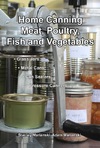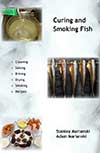Meats and Sausages
Canning Sauerkraut and Pickles
Canning sauerkraut and pickles is done in water bath canners as they are high-acid foods. The following information pertains not only to pickled cucumbers, but to all other pickled vegetables and fruits. The United States Department of Agriculture recommends processing pickles in boiling-water canners using the same techniques that are applied for making preserves. During the heat process oxygen will be eliminated and the resulting vacuum will prevent yeasts and molds from spoiling pickles.
Using boiling-water canners
Any general pot can be used as a canner as long as it is wide enough to accommodate removable perforated racks. It must be deep enough to cover the tops of jars with at least 1 inch of water during processing.
How to can sauerkraut
- Fill the canner with enough water so it will be 1-2 inches over the top of filled jars.
- Preheat water.
- Load canner with filled jars, fitted with lids.
- Add more boiling water, if needed, to cover jar tops.
- Apply heat, cover the canner and maintain a boil throughout the process schedule.
- Turn off the heat, remove the lid and wait 5 minutes before removing jars.
- Leave the jars undisturbed to cool at room temperature for 12-24 hours.
Packing Methods
Raw-packing is the method of filling jars tightly with freshly prepared, but unheated food. Such foods, especially fruit, will float in the jars. The entrapped air in and around the food may cause discoloration within 2-3 months of storage. Raw-packing is more suitable for vegetables processed in a pressure canner.
Hot-packing is the method of heating freshly prepared food to boiling, simmering it for 2-5 minutes, and promptly filling jars loosely with the boiled food. Whether food has been hot-packed or raw packed, the juice, syrup, or water to be added to the foods should also be heated to boiling before adding it to the jars. Hot-packing is the best way to remove air and is the preferred method for foods processed in a boiling-water canner.
Follow recipes for canning fermented vegetables.
Caution Fermented or pickled (vinegar added) vegetables are pasteurized in boiling-water canner. Fermented cabbage (sauerkraut) is the example.
All fresh vegetables must be sterilized in pressure canner. Fresh cabbage is the example.

